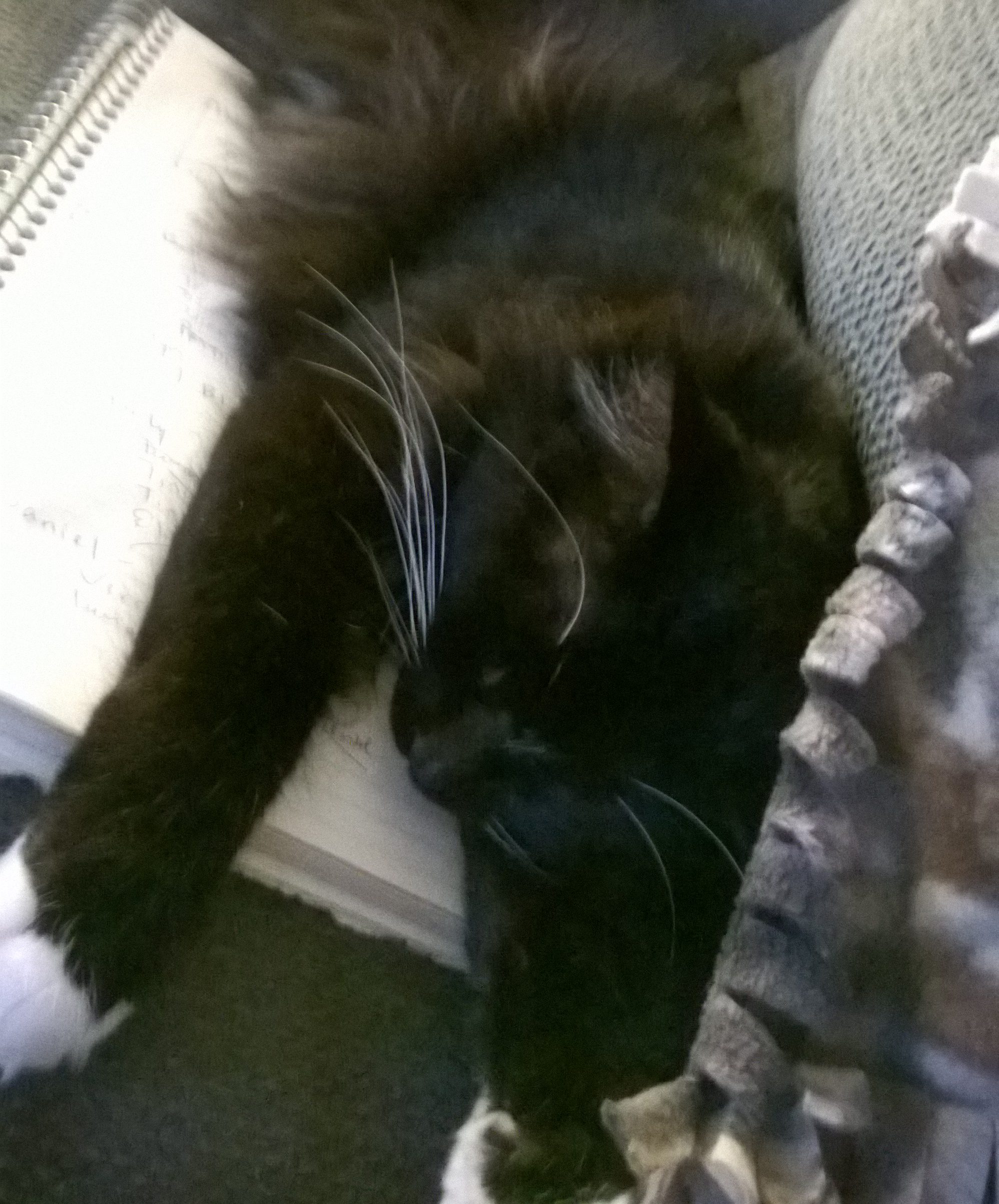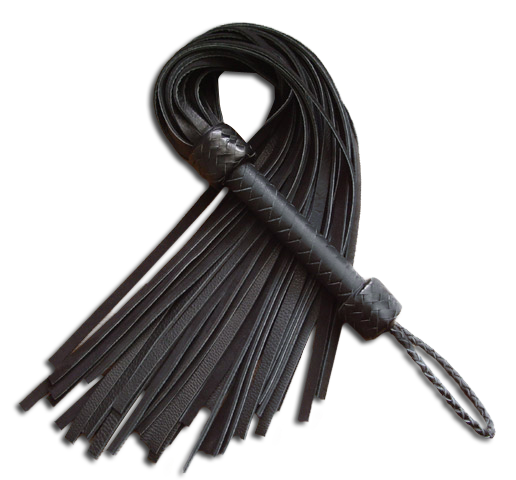A Dose of Writing Reality From A Bitchy Broad
NOTE: This article is for self-published authors or those planning to self-publish!
Okay – a few things need to be said to the aspiring authors (those who plan to self-publish) out there. If you want readers to take your work as seriously as you do there are a few things you have to do …
- Get a professional cover or at least try to make your cover look good. Pixelated artwork, garish colors, and cheesy fonts will not attract readers. Readers may even pass your book over because of it (even if it’s the greatest thing ever written). The fact of the matter is that readers DO judge books by their covers. I know this from personal experience. Some of my early covers were absolutely dreadful. One of them was from a traditional publisher even. Bad covers happen – but make sure you’ve done everything humanly possibly to avoid a cover disaster.
- For all you NF writers out there: There’s a HUGE difference between writing articles/essays/chapbooks and writing books. I know this because I’ve written articles, essays and chapbooks as well as a few books. Just sayin’…
- Use a professional font on the interior file and keep it consistent. I know the Edwardian Script or italics or whatever other pretty font you love looks great to you. But for a reader it’s a nightmare. Stick with Arial or Times New Roman for non-fiction and Garamond is about as fancy as you want to get with fiction. If you use a strange font, people’s eyes will get tired, they’ll get annoyed, and they will quit reading.
- Margins in printed books are justified. Period. (With eBooks it doesn’t matter.)
- When formatting for print don’t forget headers and footers. Front and back pages often won’t have headers or footers.
- Just because you wrote it and published it doesn’t mean anyone is going to read it. Audiences have to be built. I know I’ve said this time and time again, but it requires repeating. This is the thing most noob writers just don’t seem to “get” no matter how many times you explain it. People won’t buy it just because it’s available! Never expect your books will be the exception to this.
- Again, and I’ve said this a million times, too : Don’t think you’re going to write one book and be able to retire off of it. This also means you shouldn’t count on writing as a second income or even a supplemental income. Few writers actually make a living writing. I know, I know — this coming from someone who does make a living writing. But it took me 20 years of seriously submitting and treating my writing like more than a hobby to start making a living from it and gods only know how long that’s going to last. I’ve paid my dues and done a lot of time. My writing income is the culmination of 20 years of blood, sweat, and tears. Sure – you might be an overnight success but don’t count on it. Keep your day job and start a savings account. You’ll probably make more in interest than you will writing.
- It’s tempting to put the cart before the horse. Resist. If you’ve never actually finished writing an entire book you probably shouldn’t be telling people you’re writing a book or start marketing said book. Wait until you’ve written it and it’s ready for revision. THEN tell everyone. Why? I have met numerous people in the past two years who woke up one day and said, “I think today I’m going to write a book.” They start writing with big hopes and dreams (usually accompanied by a fantasy of what being a writer entails). Many of them look at writing as a “get rich quick” scheme. So they get to work. It takes them months. They “labor” over their MS. Then they ask if you want to read their MS. You’ve been gearing yourself up for it since they’ve been working on it for months, after all. You get it and start reading only to discover it’s twenty-two pages in 14 point type and it’s completely lacklustre and trite. Yet they’ve already announced to all their friends on their social networking sites that their “book” is coming out later that month. Lots of congrats and kudos get passed around. Then you have to be the asshole who points out, “Umm, this is a short story, not a book.” The difference being at least forty-five-thousand words or so. And they’ve just promised everyone a book they clearly can’t deliver.
- Writing is not easy. It’s real work. Which, if you find yourself in the position of #8 above — you should know exactly what I mean. Thinking you’ve written a novel only to discover you’ve just written a short story can be a huge let-down because it makes you realize that in order to get a novel of at least 50K (which is a short novel), you need to multiply your short story by 8 or 9 times that. Which means you also need to multiply the time it took to finish that 6000 word short story, most of which is likely unusable for the final novel anyway. Ouch.
- Writing takes a lot more effort than writing a few thousand words in a rush and uploading it to the nearest eBook site. You have to edit and revise. Put it through critique. Hell, hire an editor if you can afford it! Sure, even if you self edit your work it may not be 100 percent free from typos and there may be grammar mavens who catch a grammatical faux pas or two, but you can at least try. For example, in English, not all nouns are capitalized. It’s not, “I grabbed a Fork from the Kitchen.” It’s, “I grabbed a fork from the kitchen.” It’s amazing how many native speakers do this bizarre capitalization thing. I know in other languages, like German, they capitalize all nouns like that, but this isn’t Germany. I’ve seen three books in the past month with this problem. All written by native speakers of English.
That’s enough ranting from me for the day. Those writers who didn’t know this stuff (which is evidently quite a few judging from what I’ve seen recently) – you’ll thank me for telling you this some day.
Thanks for reading! 🙂



7 Comments
JC
*Margains – you meant margins, right? 😉
Fiction books in my opinion work just fine left aligned. Non-fiction I’ve always had it done justified.
Otherwise, I certainly agree.
Steph
James – Haha! Corrected. Thanks. 🙂
With regard to margins you’re probably thinking about if you’re submitting to editors and agents. I’m not talking about that. I’m talking about putting out self published books. Most noob authors don’t even go the traditional route anymore.
That said, I’ve never seen a printed book, fiction or non (not a professional one anyway), that didn’t have justified margins. If you’re self publishing – your finished printed product should have justified margins. Period. You know that scene in “Devil Wears Prada” where the fashion mogul tells her lowly assistant she has no fashion sense and the assistant starts to contest that it’s a matter of opinion and then the big-wig says something like, “No, no. Not a question.” Yeah – that’s about how it is with margins. Not a matter of opinion or personal preference. You either want to give your books a professional presentation or you don’t. 😉
If I’m wrong, someone needs to point me to a finished printed product (published by one of the big six) with ragged right margins. Because those are the books self-pubbed books have to compete with. So if you want to run with the big dogs…
Steph
As a matter of fact – maybe that’s why there are so many poorly formatted self-pubbed books out there. Perhaps they’re leaving them in manuscript format?? Really – the ONLY time you need to use manuscript format (i.e. double space, courier font 12 pt, ragged right margin) is if you’re submitting to editors and agents. And ragged right margins are fine, even preferred, for college papers, too. And for eBooks — margins don’t matter at all because eReaders navigate margins differently. 🙂
Anne-Marie
Stephanie,
Late last year my employer presented a request to me to write a computer manual. I work at a software firm. The manual is supposed to be in the style of “Dummies” books and my rough copy is supposed to be turned in on June 1, 2012. As your entry above suggested, I let the job sit around for the last six months. I have about thirty double-spaced pages written so far.
I asked my boss how long he thought the manual should be. He said if I opened up one of the “Dummies” books, then I could tell — not much of an answer. So my husband and I went into Barnes and Nobles and opened up a Dummies book. The one we opened up is 212 pages and has a lot of pictures and screen shots. The manual I am writing will also have alot of pictures, but I thought I would ask you if based on your experience, if I turn in 300 type-written pages to my boss next summer, in Times New Roman font size 12, if I can fill a 200-page book in the kind of larger font that computer books use?
I realize this is a totally noon question, but I didn’t ask to become a technical writer, the role was just thrust upon me. Thanks for your help,
Anne-Marie
Steph
Anne-Marie – Do you know what the word count is? Sounds like it might be around 6,000 words or so? Another 34,000 words and you might have it. This may not apply with a software manual if you’re typing code just because code is a different animal, but I’m used to working with word count and trim size to estimate the size of a book. A lot of factors weigh into your final book length. You can probably get at least 200 pages out of 50,000 words + screenshots in an 8.5×11 trim size with .75 to 1 inch margins. For a smaller trim size you might be able to get away with 40,000 words + screenshots. I may be grossly overestimating, too. Format of the final product is ultimately what decides the length of the book. Shoot for 40,000 words with screen-shots and I suspect you’ll be in pretty decent shape. Undoubtedly your manual will be looked over by other tech staff or even your boss so you might end up adding to it anyway during revision and editing.
Of course now the obvious — each book takes as many words as it takes to cover everything the reader needs to know. If the software is relatively simple, it may not end up being a lengthy book. If the software is complicated – you could end up with a book well over 200 pages.
Anne-Marie
Wow. You are dead-on. The word count is exactly 6,643 words.
I don’t know really how to thank you, so I’m going to buy one of your S&M books for kindle. Maybe it’ll give me some ideas. Thanks again,
A.M.
Steph
Thank you, too! I’m glad I could offer some insight. 🙂 Good luck with the book!